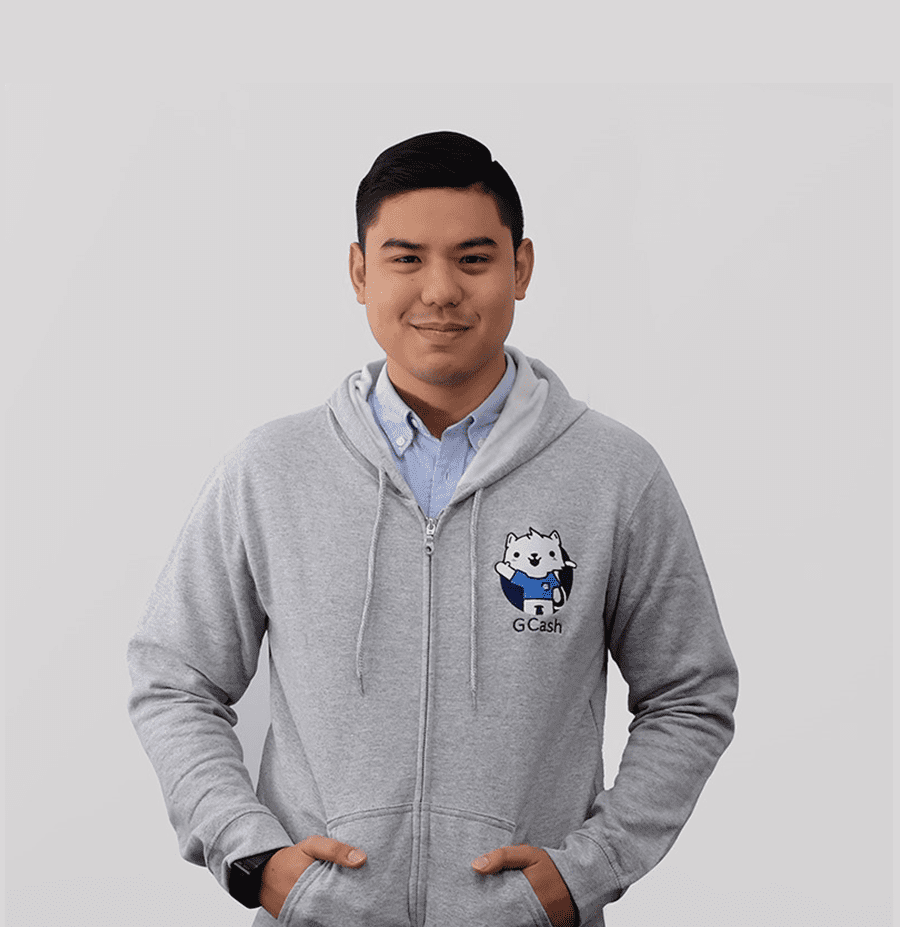
Gladys Jane Chan is the Marketing Director of Visa in the Philippines and Guam, before which she worked in the fields of telecommunications, banking and digital content. She is also a former marketing professor at the UA&P, teaching brand management. She won the Mansmith Young Market Masters Awards (YMMA) in 2013. She shares her insights about services marketing. She will share more marketing tips during the 10th Market Masters Conference on April 3, 2019 in SMX Aura.
Q1: Having worked on services marketing your entire career, what changes or trends have you observed?
A1: Technology has completely redefined the way services are marketed. Particularly trends around customization and personalization, the design and delivery of loyalty programs, and crafting of after-sales services have been taken to a whole new level by the internet and the capabilities it has presented to marketers. What’s even more exciting is that these changes are only the beginning, and as platforms and systems get more sophisticated, marketers will see more opportunities open up.
Q2: What new challenges are facing service brands in terms of coping with changing customer demands?
A2: The key challenge, I think, is that customer expectations are no longer defined by the competitors within the same category. We used to compare salons with each other, or telcos with each other, so on and so forth. But now that is no longer the case. It’s the best experiences that customers have had anywhere, in any category, that reframes their expectations and demands. How many times do we hear now that something is the Uber of this category, or that a new app is the Netflix of something else? This means that service brands across the board need to constantly improve their proposition alongside the entire smorgasbord of customer experiences available. It makes it much more challenging to be truly innovative, as opposed to only making incremental improvements, to delight and exceed expectations.
Q3: How does a firm put together a service concept or design with the intent to provide exceptional service experience? What tools can be used to gather customer insights for better concepts?
A3: The thing about services is that they’re naturally human-centric. As services are largely invisible, as opposed to products or goods, what makes a service brand a good brand has everything to do with how customers feel as they’re going through the experience and how they feel afterwards. What has served me well throughout my career is using empathy to match and exceed expectations. You can only begin to champion for your customer when you walk in their shoes. Oftentimes, there’s a tendency to become defensive or worse, out of touch. When I say defensive, I refer to the strange tendency to minimize risk and see customers as this group of wolves who would take advantage of any vulnerability of the firm that they can find. I find this absurd. A great majority of customers deal in good faith, and to assume otherwise is a great disservice. Only when you have an empathetic approach can you begin to design a great service concept.
Also, I’ve gathered many a great insight in the past by talking to frontliners. These employees are in a unique position to share customer feedback, and oftentimes, they would love to be empowered to quick-kill customer issues or to deliver go-beyond service. Harness this treasure trove of data – it’s right under your nose.
Lastly, be a customer yourself! I’ve never been a fan, for instance, of executives being on the VIP, cut-the-line list of their own after-sales hotline. If your own experience of your brand is not authentic, there’s no chance that you’ll be able to develop any concept of value.
Q4: One stumbling block of delivering outstanding service is organizational silo. In your experience, what’s the best way to break these silos?
A4: My personal view is that silos have a purpose – they allow for deep specialization and expertise, which have an undeniable use for any organization. So instead of breaking silos, the key is how to ‘stretch’ these silos to create natural overlaps that can serve as points of collaboration and cooperation across different units or even various companies within a conglomerate. Also, I think this is really a leadership question. Strong, inclusive leadership begets a healthy culture that does not need to ‘force’ collaboration. In turn, a great culture that fosters customer centricity will make delighting customers a natural outcome. It wouldn’t be a question of organization design at all.
***
Josiah Go is chair and chief innovation strategist of Mansmith and Fielders Inc. He is also the co-founder, alongside Chiqui Escareal-Go, of the Mansmith Young Market Masters Awards (YMMA) since 2006. The search for the 19th Mansmith YMMA is currently ongoing. For more information, visit www.youngmarketmasters.com.


